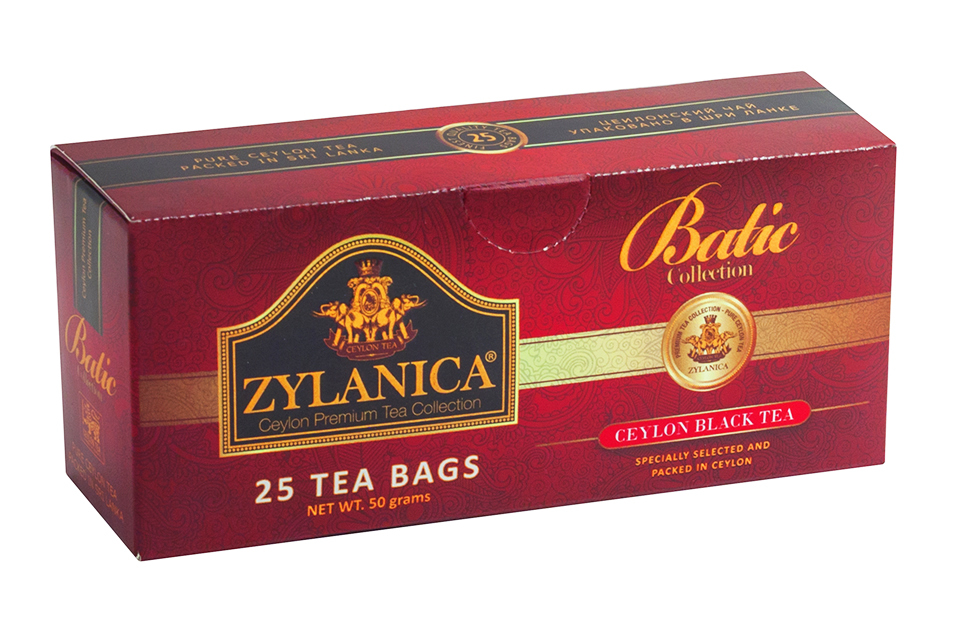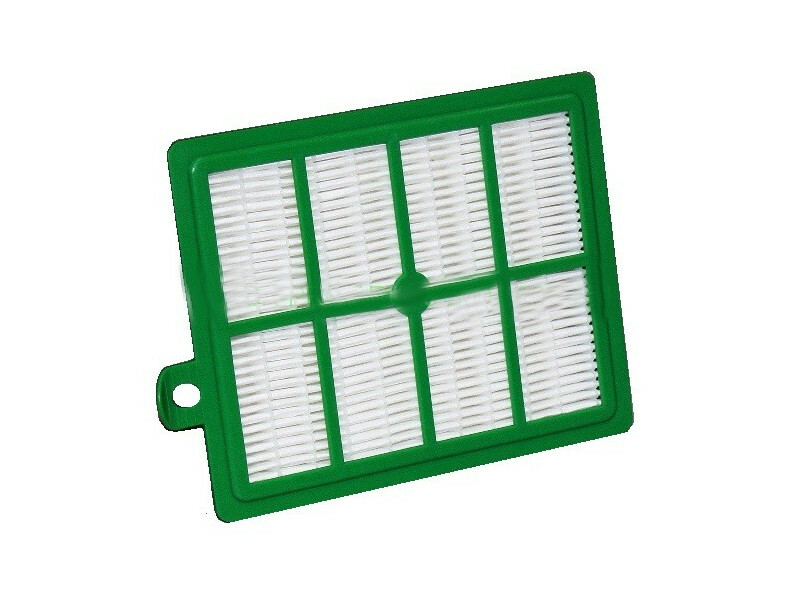For comfort in buildings insulation materials are widely used. There are many such structures, but the most common are represented polyurethane and polystyrene. They are about equally in demand in various industries. But what is the difference between these two materials? Consider that it is preferable - polystyrene or polyurethane foam.
Comparison of polyurethane and expanded polystyrene
For a complete picture, it is best to compare the materials are not one characteristic, and from all the world. It is therefore logical to divide the comparison into three categories.
Specifications
For all thermal insulation materials an important factor seems to thermal conductivity. Characteristics of polyurethane and polystyrene in this matter are high enough. Specifically, the coefficient of thermal conductivity foam is more effective, because its value is in the range 0.04 - 0.06 W / m * K, versus 0.019 - 0.028 W / m * K PPP.
Both materials have a closed porosity that allows retain heat longer. The density of the foam can reach 750 kg / m3, whereas for the polystyrene 150 kg / m3 is the maximum.
working temperature range of operation is also higher in the polyurethane foam. He is also characterized by a much longer life.
physical properties

The physical properties of the comparison is also not in favor of the PPP. The main criteria are presented in the table below:
| Criterion | Expanded polystyrene (EPS) | Polyurethane foam (PUF) |
| combustibility | flammable | non-flammable |
| for environmental safety | If the ambient temperature exceeds 60 degrees, will release of harmful phenol | Without any secretions used at temperatures above 180 degrees |
| moisture absorption | Moisture absorbed into the material and then litter lead to its destruction | Hold water |
| strength characteristics | Is fragile, a crack may be generated | Durability is 5 times higher than that of PPP |
| Chemical resistance and bacteria | May form mold | Do not allow the development of mold and microorganisms |
| Saving forms | Settles over time | does not change |
Also worth considering soundproofing. Polyurethane foam is much more effective dampens the noise waves coming from external sources.
Subjecting the material to high temperatures and fire, the foam will show itself quite well, while PPP will burn almost instantly. Thus it will be allocated a lot of harmful substances.
Polyurethane foam, unlike Styrofoam is very sensitive to direct sunlight. The material quickly deteriorates, and then loses its properties. So it is not suitable for thermal insulation of external walls. But not often you can find the room that are not covered by any siding on top of the heater. So this minus almost palpable.
mounting Features

Another important selection criterion can be considered as a way to wall mounting. Polyurethane foam is typically applied by spraying. This approach allows for a uniform coating without any joints. In this case, the surface pre-treatment is not required. After the application and any additional works do not need to spend.
However, for more efficient subsequent finishing advised to determine exactly how should the wall will look. It will take into account some of the subtleties during application.
Important! PPP is typically mounted in a pre-arranged blocks required size. This requires that the worker is quite significant effort, both intellectual and temporary.
Advantages and Disadvantages of Styrofoam

Expanded polystyrene is an ordinary foam, which is not uncommon. There are two types of foam: foam and extruded. The main characteristics they are the same, but in the second case there is a great strength.
The benefits of expanded polystyrene include:
- low cost;
- low thermal conductivity;
- Easy installation;
- a huge variety of products with different thickness, density;
- use of extruded polystyrene somewhat reduces water uptake;
- increased strength.
Deficiencies also gathered a lot:
- conventional polystyrene absorbs moisture very well, which makes a loose structure, and in case of freezing destroys the material;
- the use of such a heater is only suitable for 10-15 years;
- the material is suitable for the inhabitants of the walls - rodents;
- tampering when moisture, sunlight or other external factors;
- usedaet or deformation during operation;
- It burns well, giving off toxic substances.
Advantages and disadvantages of foam

Polyurethane foam in the home is presented with foam. But the construction work is increasingly being used is not quite such a material, and with high rigidity. It is produced in the form of plates or foam. In both cases, the application process is quite simple. Foam will avoid the appearance of cracks and provide a more reliable result.
Benefits:
- Low thermal conductivity (less than foam)
- resistance to moisture;
- wide operating temperature range;
- long-term use (30 years);
- It does not deform during use and over time;
- is not affected by biological and chemical threats (fungi, rot, etc.);
- good insulation;
- full environmental safety;
- does not burn.
Almost perfect material, but still not without disadvantages:
- high price;
- increased sensitivity to sunlight.
Which is better - polystyrene or polyurethane foam

Many people wonder which is better - a polyurethane foam or polystyrene foam. Following consideration of the two materials can be said that compared to polyurethane foam is much more efficient. However, some may not be suitable because of its high cost. Expanded polystyrene is much cheaper, but it can bring high costs in the long term. After a lifetime of 2 or even 3 times lower than that of a competitor.
Important! The choice is made on the basis of its own requirements for the material and its properties. Only a very responsible approach to the selection of the material will allow then not grieve about wasted funds.
Between the polyurethane foam and polystyrene difference lies in the level of reliability and feasibility.
Warming of a small house or garage can be made using the foam. It is cheaper, and for such a resource buildings would be sufficient. It will cost a bit more expensive extruded polystyrene, but it's a little improve the quality of insulation.
For your own apartment or house is logical stop on a quality polyurethane foam. Yes, it is much more expensive. But since it does not upset the owner and will serve faithfully for the entire period of time.


